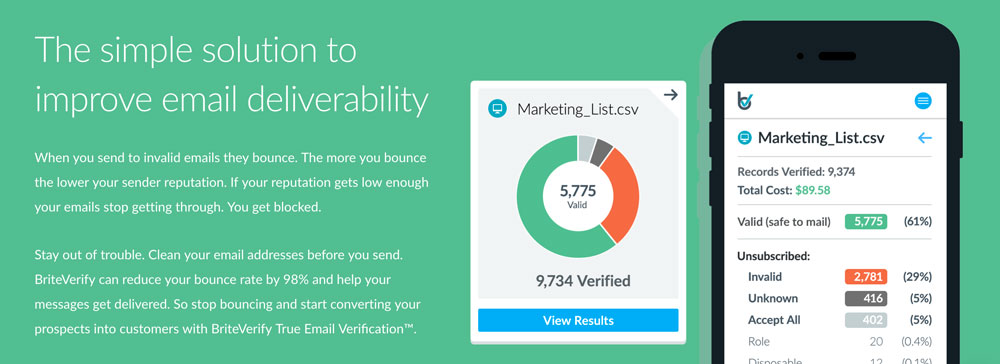SEMrush
Saturday, January 21st, 2017 | Tech

SEMrush is a competitor analysis tool for online marketing. Specifically, they focus on Google. You can enter a keyword and it will bring up a report that shows you:
- Volume of traffic
- Related keywords
- What the search results are for it
- Who is running paid ads
- Copies of the ads they are running
- A history of the ads for that keyword
Then, if you want to look at a specific competitor, you can bring up a domain report. This shows you:
- How much organic search they are getting
- What keywords it is coming from
- Copies of the adverts they are running
- What keywords they are bidding on
- How much they are spending on paid advertising
- Where their backlinks are coming from
- Who their main competitors are
They also have a projects feature where you can enter your website and SEMrush will track it. This includes crawling it to find broken links and other bugs, as well as offering SEO advice: does a specific page have too little text or too many keywords?
It is super-useful for marketing. However, it also expensive. Their lowest package, which only allows you to create five projects, is $70 per month. They offer a free 30-day trial (for the pro account, the guru account trial is only 14 days) if you search around for it, which is time enough to evaluate if it will deliver enough benefit to cover the cost.

SEMrush is a competitor analysis tool for online marketing. Specifically, they focus on Google. You can enter a keyword and it will bring up a report that shows you:
- Volume of traffic
- Related keywords
- What the search results are for it
- Who is running paid ads
- Copies of the ads they are running
- A history of the ads for that keyword
Then, if you want to look at a specific competitor, you can bring up a domain report. This shows you:
- How much organic search they are getting
- What keywords it is coming from
- Copies of the adverts they are running
- What keywords they are bidding on
- How much they are spending on paid advertising
- Where their backlinks are coming from
- Who their main competitors are
They also have a projects feature where you can enter your website and SEMrush will track it. This includes crawling it to find broken links and other bugs, as well as offering SEO advice: does a specific page have too little text or too many keywords?
It is super-useful for marketing. However, it also expensive. Their lowest package, which only allows you to create five projects, is $70 per month. They offer a free 30-day trial (for the pro account, the guru account trial is only 14 days) if you search around for it, which is time enough to evaluate if it will deliver enough benefit to cover the cost.







 If you work in IT, and have considered making the leap from permanent employee to contractor, you are not alone. Many people want to make the transition because they want to…
If you work in IT, and have considered making the leap from permanent employee to contractor, you are not alone. Many people want to make the transition because they want to…